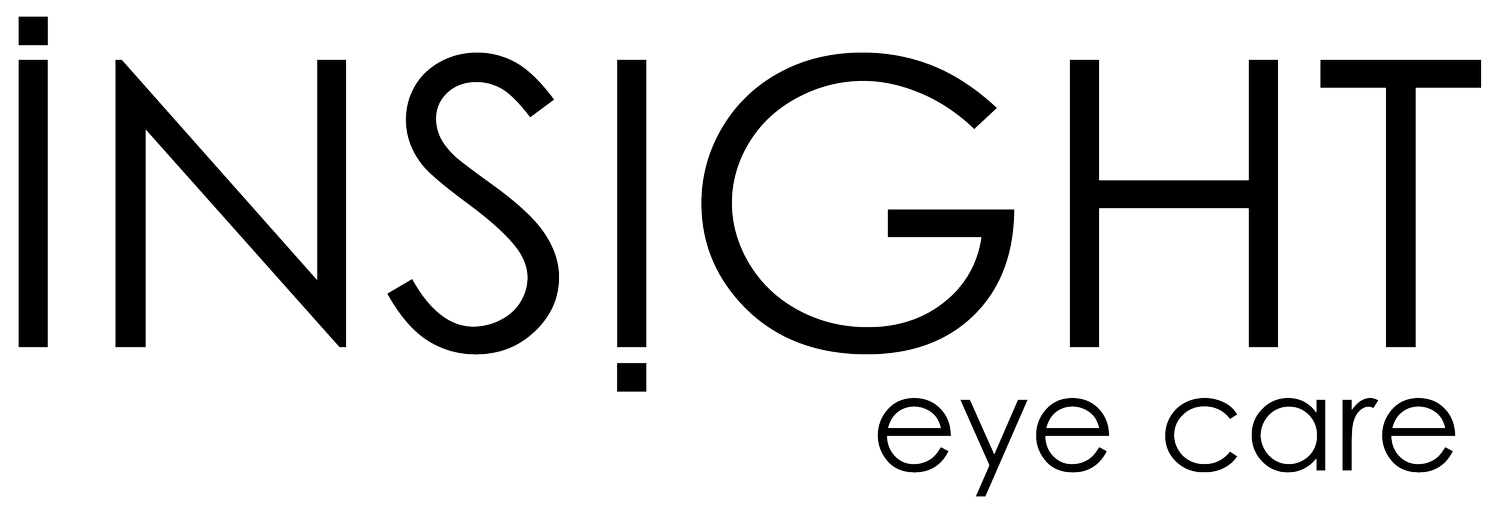Focus on the Future: Myopia Management Glasses vs. Single Vision Glasses
APRIL READ, optometry STUDENT & DR. CAROLYN MACNEIL, B.SC., O.D.
Lens technology is changing how we see, offering exciting new ways to improve vision beyond just correcting children’s eyesight. Let’s explore how myopia management lenses differ from standard single-vision lenses and why they might be the game-changer your child needs.
While it’s normal for a child’s eyes to grow as they get older, excessive growth can lead to nearsightedness, also known as myopia. Managing myopia early, while the eyes are still developing, offers the best chance for successful treatment. If left untreated, myopia can lead to irreversible vision problems, and a higher prescription increases the likelihood of certain ocular health issues.
TRADITIONAL SINGLE VISION LENSES
In the past, single vision lenses were designed to correct your child’s nearsightedness, farsightedness, and astigmatism, providing clear vision by focusing light directly on the back of the eye called the retina. However, while single vision lenses sharpen central vision, they can cause light rays to focus behind the retina in the periphery, which may lead to eye growth and worsening myopia over time.
There is a new generation of lenses that are used to slow the progression of nearsightedness in children. These myopia management lenses are designed to slow down the eye’s growth, preventing the child’s prescription from getting worse.
MYOPIA MANAGEMENT LENS DESIGN
Imagine your child’s lens as a dartboard. The center, or “bullseye,” is where their prescription is set for clear vision. Surrounding this clear prescription zone is a special area with concentric rings or patterns that help guide light to the right spot just in front of the retina.
Unlike traditional single-vision lenses, which allow peripheral light rays to be focused behind the retina, myopia management lens designs encourage the eye to slow its growth. This helps manage myopia without affecting how your child sees the world.
FIT AND WEAR TIME
The fit of myopia control glasses is crucial for them to work effectively. For the lenses to do their job, your child’s eyes need to be perfectly centered with enough area for the peripheral treatment zones in the frames. Our skilled optical team carefully measures your child’s pupils in the chosen frame to ensure the lenses are precisely positioned. For the best results, it's important that your child wears the glasses for about 12 hours each day. Proper fit and consistent wear are key to managing myopia successfully.
Interested in learning more about the research behind these lenses? Visit the following links to check out the data!
SUN PROTECTION
Encouraging kids to spend time outdoors is important. The bright sun can be tough on young eyes, so myopia management lenses come in sunglasses and photochromic options to make outdoor play more comfortable.
For sunglasses, you can choose from six tint colors, including classic gray and brown, or more vibrant options like blue purple, sky blue, gray mist, and violet. Research suggests that spending 2 or more hours outside each day can help slow myopia progression and reduce time spent on close-up activities.¹
Photochromic lenses are also a great solution, as they stay clear indoors and darken when exposed to sunlight, offering the benefits of both sunglasses and regular glasses in one pair.
Book an appointment with one of our optometrists to learn more about whether your child would benefit from myopia management.
Visit Myopia Profile or watch this video to learn more about these lenses before your visit.
-
Xiong, S., Sankaridurg, P., Naduvilath, T., Zang, J., Zou, H., Zhu, J., Lv, M., He, X., & Xu, X. (2017). Time spent in outdoor activities in relation to myopia prevention and control: a meta-analysis and systematic review. Acta ophthalmologica, 95(6), 551–566. https://doi.org/10.1111/aos.13403
-






